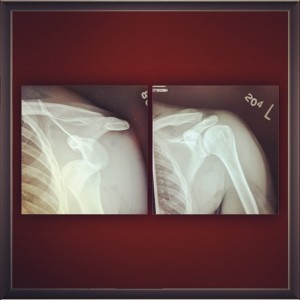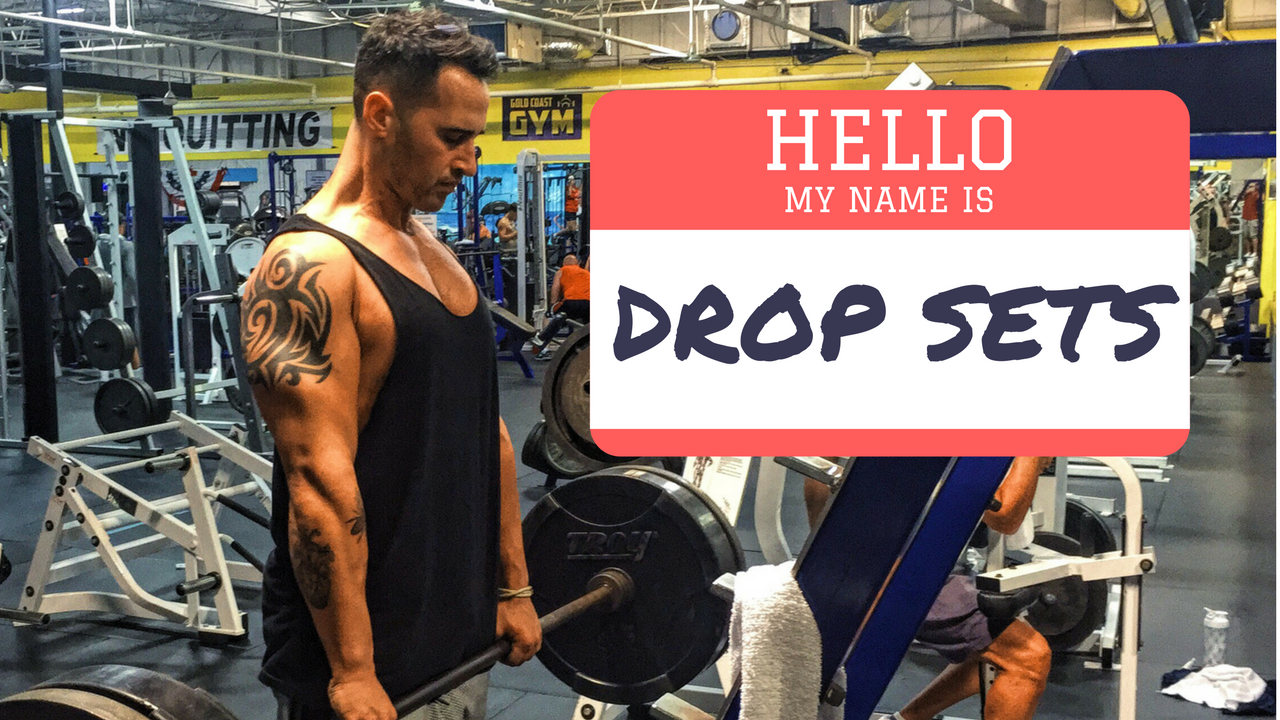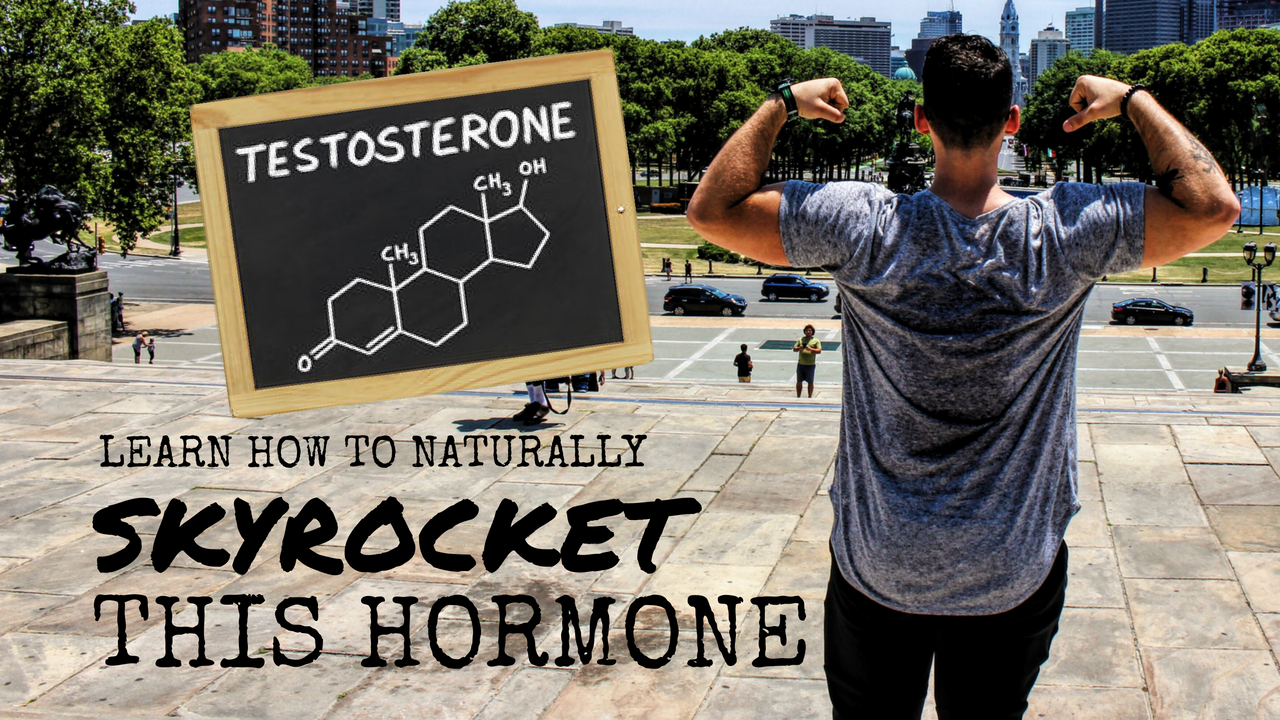Shit happens. We’ve all been there and I’m no exception.
Sometimes your car is running perfectly; you’re all revved up and start pushing the speed limits and you crash…
Unfortunately, that’s exactly what happened to me on a recent Friday afternoon when an extra effort on a final rep of shoulder presses left me with a shoulder dislocation and my first trip in an ambulance (hopefully my last!).

I could have reacted with a “why me?” attitude. I could have felt bad for myself and regretted going for that extra rep. Instead, I acknowledged that sometimes things happen when you push it to the limit. There will always be a risk, reward ratio.
After one of the easiest relocations the doctors have ever experienced, I found myself more pissed that I missed my last rep.
I know, a little bit of meathead attitude shining through.
The next morning, my HRV (heart rate variability through the BioForce application is a way we track our recovery) shot down double digits and displayed an amber color. In simple terms and beyond the obvious, my body had taken a beating.
But my heart and pride refused to show that.
I got up the next morning, with guidance from the best in the biz, Charlie Weingroff, and went right to work. Yes, I trained the day after. With my left arm in a sling, I performed 1 arm swings, deadlifts, rows, overhead presses (needed to kick that fear of the movement to the curb fast!!!), and planks – all on my right side. I followed up the session with a recovery walk with my heart rate between 130 to 150 beats per minute.
The following morning, I woke up with an HRV up 9 points and in the GREEN. And I haven’t slowed down since…
Now you might be thinking that I’m completely nuts or that my muscular symmetry between my un-injured side and dislocated shoulder would be compromised…
The fact is that by training the right side (non-injured limb) of my body, I can minimize the effects of detraining, prevent muscle atrophy in my left side, and aid my recovery. Even, less range of motion will be lost.
CRAZY stuff huh?!
This all occurs do to the phenomenon called cross-education.
Basically, the hypothesis is that through neuromuscular adaptations, strength gains can be made. So instead of closing shop, the single-side training will increase neural drive to the untrained, immobilized muscle structures. Depending on the dominance of the injured side, studies have shown that strength gains range from 5 to 25 percent.
Ok, so you’re not hurt so why would you give a shit? Right?
Right. Well, cross-education shows that you can correct imbalances from your right and left sides. This makes a great case for unilateral training (although, perform on both limbs) and another reason to add it to your training repertoire.
Unilateral training works, hands down. Yes, it sucks and you probably dread it. But unilateral training (think bulgarian split squats) will get you lean. It’s a definite part of the body comp equation. So do them.
You can find something good out of any situation, no matter how bad it may seem. Sometimes, you just have to dig deeper.
Luckily, I have the training knowledge and experience to consistently train despite my injury. Another reason why you don’t have excuse as to why you’re not working out. If you are injured, here’s some great reasons why to get your ass back into the gym.
There’s hope, keep your head up!
I’ll keep you all updated on my injury status and how I will continue to train around the predicament. Thanks for the support everyone. Love my Sons of Strength!

REFERENCES:
Hendy, AM. Cross education and immobilization: mechanisms and implications for injury rehabilitation. Journal of Science and Medicine in Sport. 2012. 15(2), 94-101.
Magnus, CR. Effects of cross-education on the muscle after a period of unilateral limb immobilization using a shoulder sling and swathe. Journal of Applied Physiology. 2010. 109(6), 1887-94.
Zhou, Shi. Cross-Education and Neuromuscular Adaptations During Early Stage of Strength Training. Journal of Exercise Science and Fitness. 2003. 1(1), 54-60.






Leave a Comment